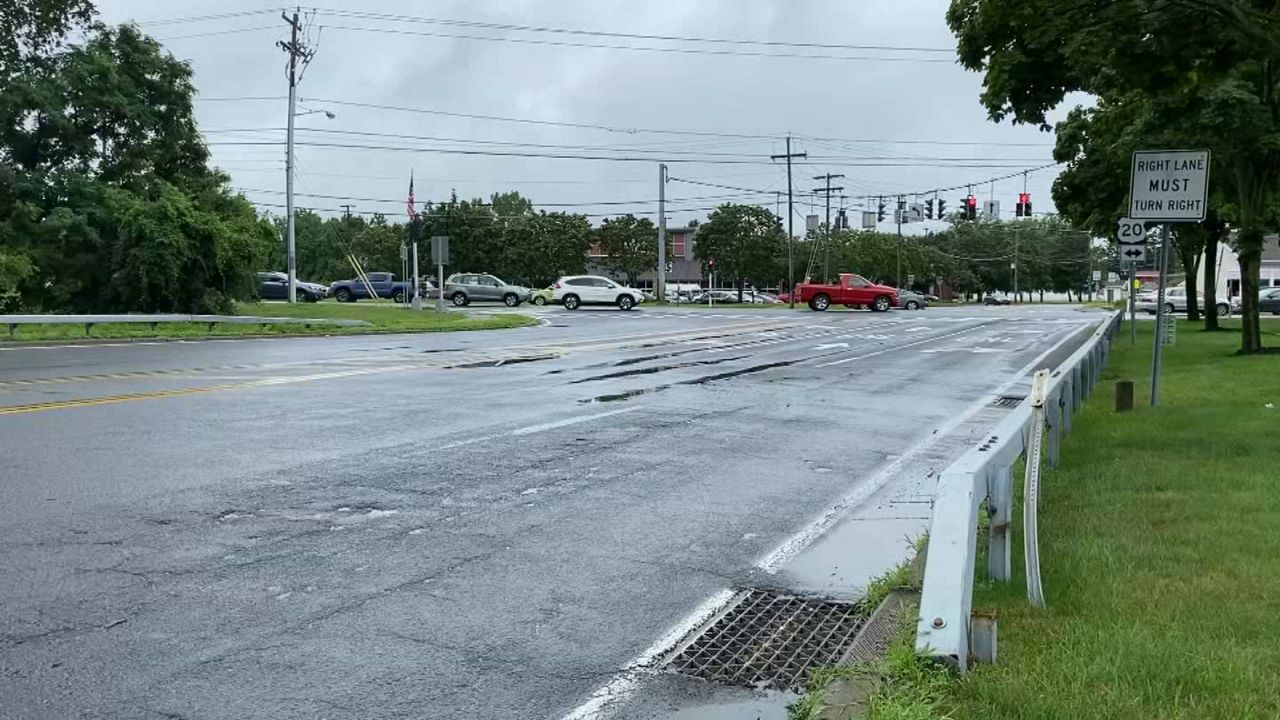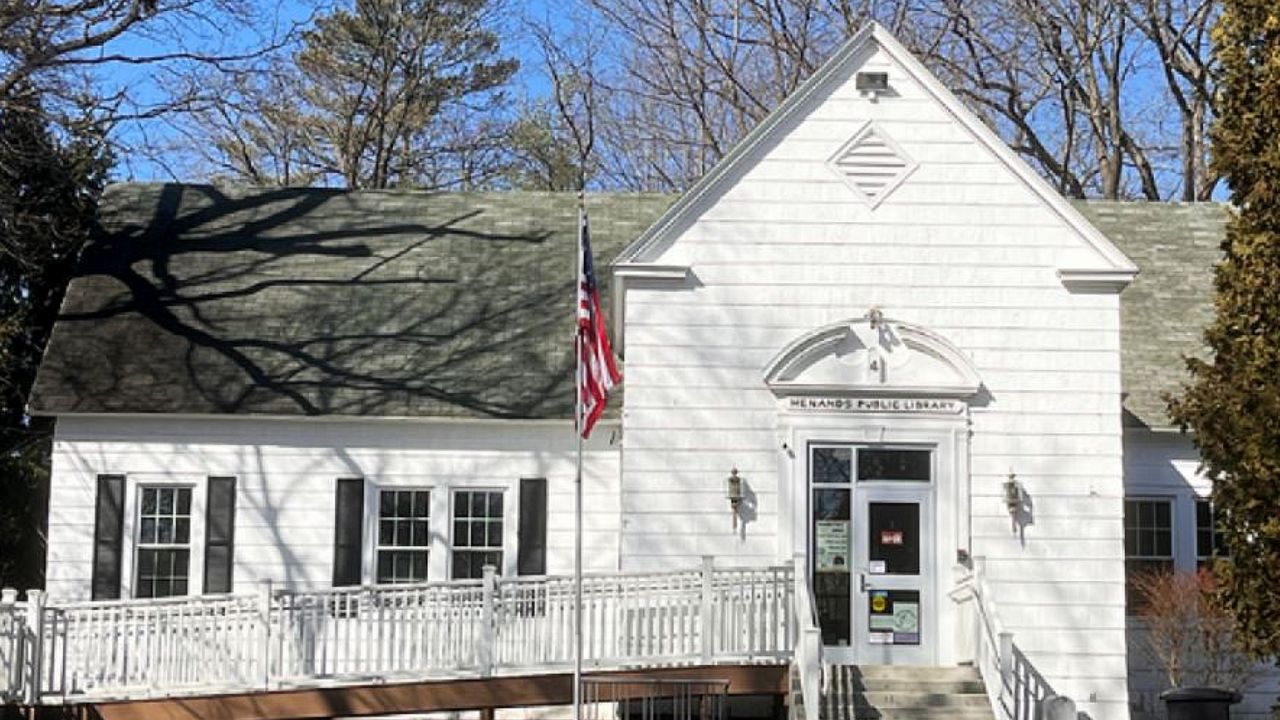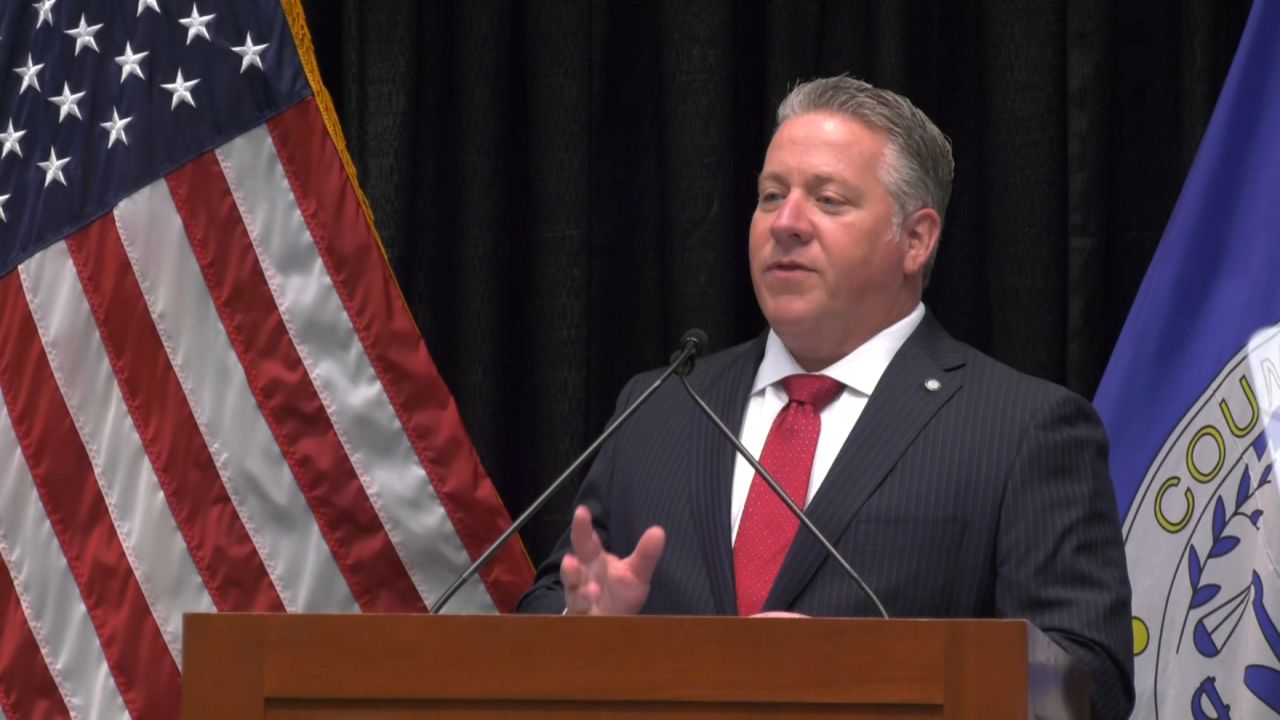When 28-year-old Yeming Shen died of the flu virus earlier this month, Troy Police say 911 dispatchers tried and failed to pinpoint the Rensselaer Polytechnic Institute student’s exact location through his cell phone signal.
“It is sad,” said Steven Gordon, Saratoga County director of Emergency Communications. “As a 911 professional, that is something you never want to happen but unfortunately, this happens.”
Gordon says Shen’s fate isn’t terribly uncommon in this in this country.
“In 2018, there was a study put out that said about 10,000 people a year die because 911 can’t find them,” Gordon said.
Gordon, who has more than two decades of experience, says improved technology makes it easier than ever to locate someone through their cell phone, but 911 dispatchers still lack the ability to determine a person’s elevation if they call from a multi-story building as Shen did.
“Even here in this area, we have a lot of buildings and if it is three, or four, or five floors, it is tough to go around and try to locate a person, especially if they are not responding,” Gordon said.
Making matters more complicated, Gordon says each cell phone manufacturer and mobile carrier uses different location-based technology.
“There is no standardized system that matches up to the equipment we have here,” he said.
By typing a caller’s information into a third-party system called RapidSOS, which uses similar technology to location-based apps like Uber, Gordon says dispatchers can typically get within several meters.
“We are rapidly getting there to where we can find you pretty quickly, assuming you are on the ground level,” Gordon said.
The FCC has given mobile carriers until next year to improve their ability to determine a 911 caller’s elevation. Gordon believes that capability could have helped save Shen’s life.
“Could it have made a difference? We have to say we think so, so yes, it is important,” Gordon said.










